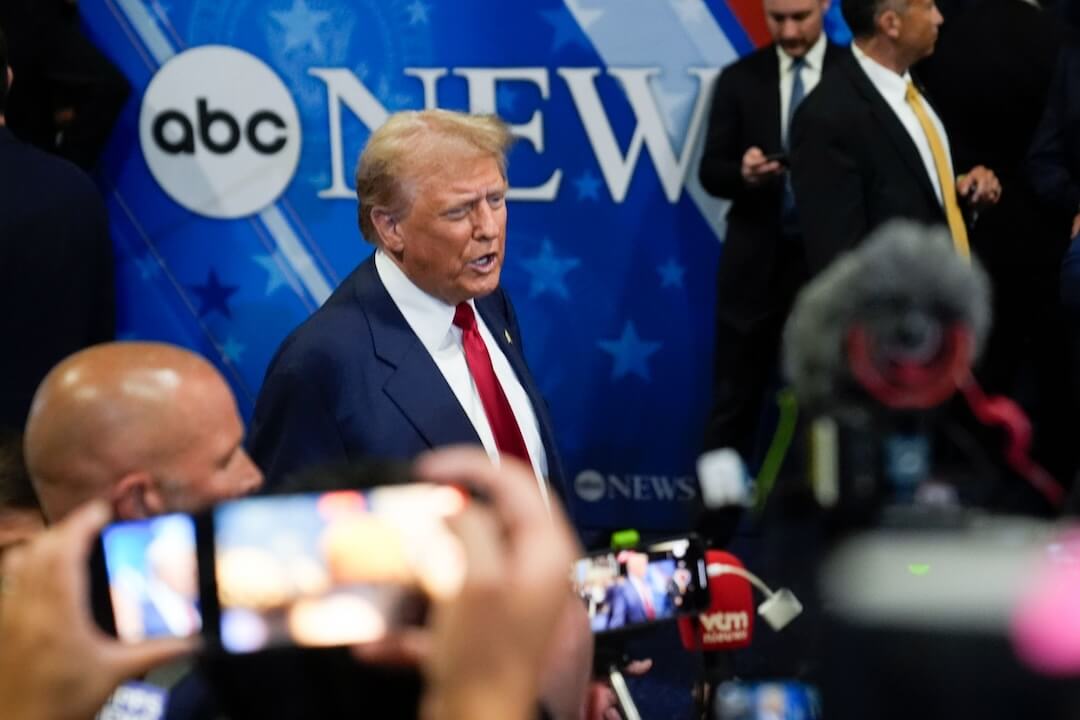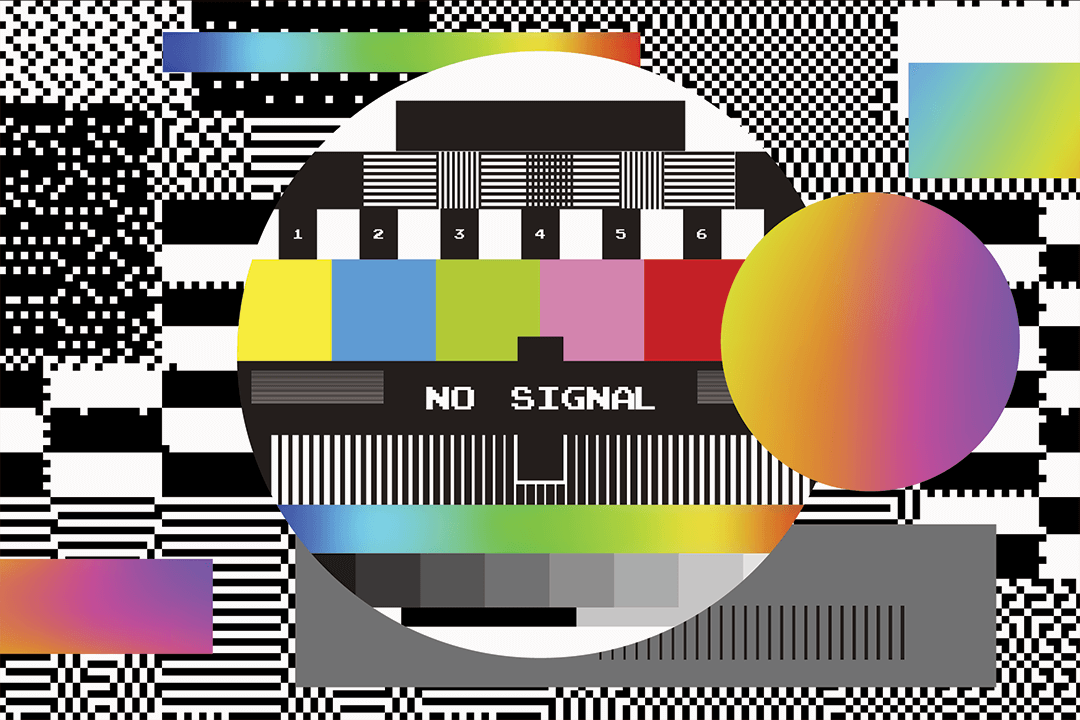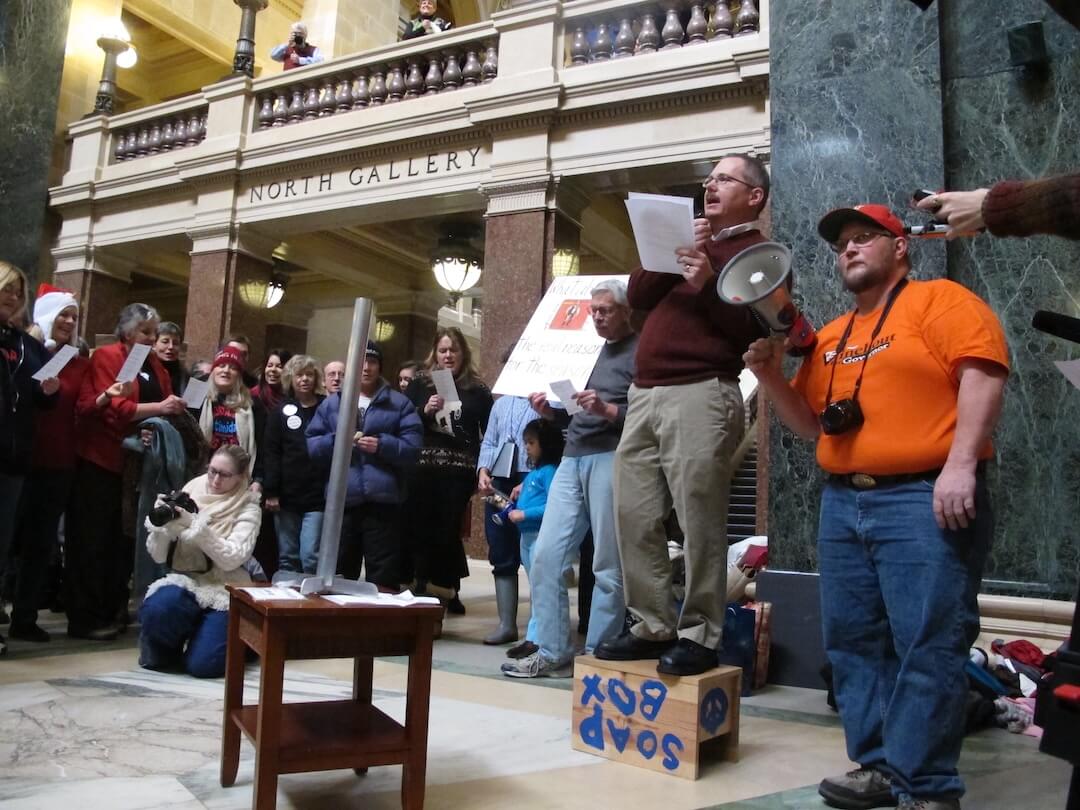People seeking political news are more likely to turn to cable television than any other news medium, although the allegiance of consumers is increasingly divided among several different news providers.
That’s according to a new report from the Pew Research Center, which asked 3,760 U.S. adults how they learn about the ongoing U.S. electoral process in a given week. Cable news (24 percent), social media (14 percent) and local television (14 percent) topped the list as most helpful for news consumers, followed by news websites, radio, and national network news.
Newspapers rounded out the bottom tier, with local papers (3 percent) edging out national papers like The Washington Post, USA TODAY and The New York Times (2 percent). That was roughly on par with Late-night comedy (3 percent).
But no single medium can claim to draw the majority of Americans’ attention, a symptom of the boom in outlets and technologies vying for eyeballs and ears of various news consumers.
In fact, almost half of Americans (45 percent) get their electoral news from five or more sources, according to Pew. Just 9 percent reported getting their news from a single source:
Americans are divided, though, in the type of sources they find most helpful for that news and information.
When asked if they got news and information about the election from 11 different source types, and then asked which they found most helpful, Americans were split: None of the source types asked about in the survey was deemed most helpful by more than a quarter of U.S. adults.
A third of Americans between the ages of 8 to 29 cited “a social networking site as their most helpful source type” for political news, followed by news websites. Older readers, in turn, prefer cable news, local TV and nightly network newscasts.
But despite the diversity of information sources, cable news stands out as the “most helpful” news source, per Pew:
Another way to understand the dynamics of these different types of sources is by examining the portion of adults who learn from a type of source who also find that source most helpful. While local and cable TV news are cited at roughly the same rates overall, for example, cable news is far more likely to be named as the most helpful source. About four-in-ten (41%) U.S. adults who say they learned about the election from cable TV news in the past week name it as the most helpful type of source, while this is true of only 22% of those who got news about the presidential election from local TV. Local TV news, then, may be a common, but not crucial source for viewers. (This mirrors past findings that local TV news is the single most common source of political information in the U.S.)
Unmentioned in the report is the fact that cable news and local broadcasters often rely on original reporting produced by news outlets that are lower on the audience attention food chain. National newspapers, local dailies and scoop-happy websites like POLITICO serve up a steady stream of news and analysis which are often distilled and repackaged by their television brethren for a wider audience.
Here’s the full report.
Correction: A previous headline on this story incorrectly stated fewer than six percent of adults surveyed relied on newspapers for electoral news. In fact, fewer than six percent found newspapers “most helpful” while following political news. That error was repeated in the story. The story also said late-night comedy surpassed national newspapers as a source of political news. There’s only a 1 percent difference between the two media, a disparity that’s not statistically significant.






